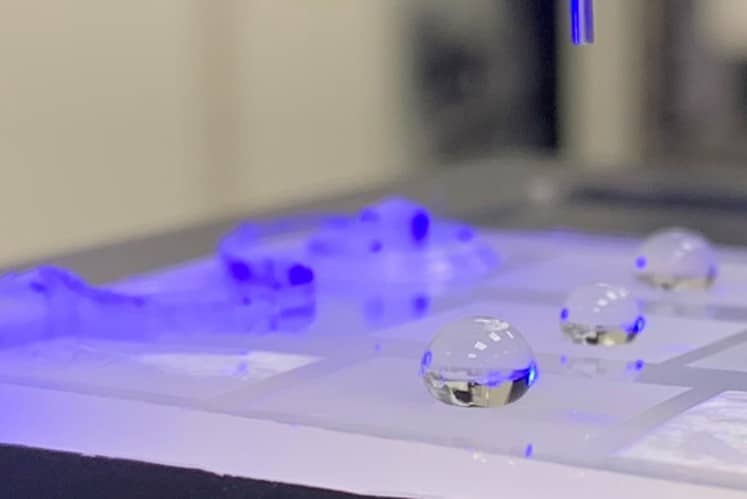What was the challenge or problem to solve?
As an alternative and inspired by hydrophobic structures found in nature (lotus leaf), similar properties can be achieved through the topographic modification of the surface during the plastic injection process.
The client wanted to explore the potential of this technology, and specifically, to make a plastic surface dry faster in a given application.


How was it addressed or what was the solution?
The Materials Innovation team used the IMM technology (in mold microstructuring).
Through laser marking, different topographic structures were prepared and characterized, to know their behavior and select the most suitable in terms of its properties to accelerate drying, and other requirements of the final application.
Next, the injection parameters were optimized to ensure that the structure generated in the mold was correctly transferred to the final part during the injection process.
Once the final pieces were obtained, their functional properties were characterized using an optical tensiometer, as well as their durability properties.
Challenge
- Accelerate the drying of a surface without applying coatings
- Find and fabricate a suitable topographic pattern
- Optimize injection parameters to ensure optimal transfer of the pattern to the final piece
Solution
- Pattern selection and pattern making using laser technology
- Injection parameters were optimized
- The final result was evaluated to ensure its functionality and durability, according to customer requirements and the final application

